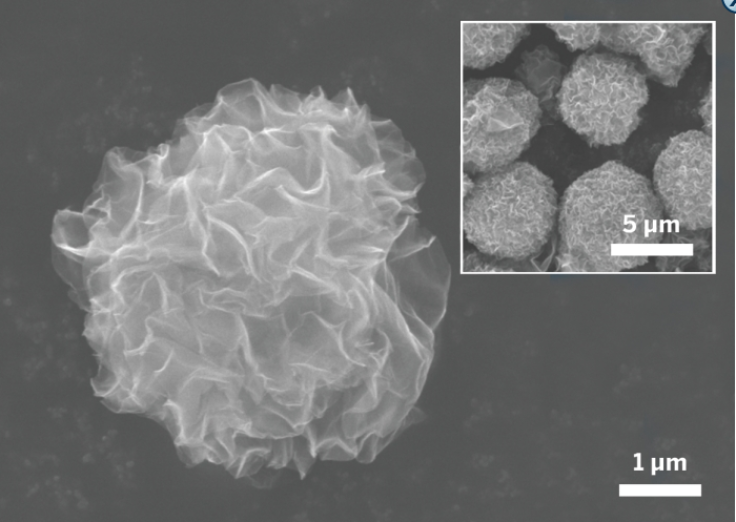Improving Your iPhone's Battery Life Through Deep-Fried Chemistry

Graphene has been called a “wonder material” and a new process to develop the super-strong, ultra-thin material could make batteries last a lot longer. The new technology was discovered by South Korean scientists who exposed small amounts of graphene, a material made from pure carbon and 200 times stronger than steel, to a process that's a lot like deep-frying chicken.
Graphene could be used to make batteries that are much better at storing power using the new process, described in a recent paper, scientists say. Graphene is pure carbon and scientists have looked for ways to use it in batteries for years, but were frustrated by its propensity for stacking, which reduces its surface area and causes problems with production.
Sang-Hoon Park, a materials scientist at Yonsei University, told Chemical & Engineering News that his team’s goal was to develop three-dimensional clusters of graphene to increase its surface area, and therefore its ability to store power. To do so, the team sprayed graphene oxide droplets into an organic solvent about 50 percent hotter than the cooking oil in a fryer.
The extreme heat evaporated water in the graphene droplets, leaving behind the textured graphene clumps. The researchers then filtered the graphene clumps out of the solution -- a simple process that they say is extremely consistent and easily scalable in an industrial application.
Other scientists have experimented with ways to develop 3D graphene structures like those developed by Park and his team, including making aerogels and foams. The end product tends to be bulky and irregular, which makes them difficult to use as electrodes, Park said.
The team’s graphene electrodes could be used in any kind of battery, including that of the next iPhone, as well as in arc-welding and electroplating. While it could be a while before your smartphone battery uses graphene, the promise of the process being easily scalable for industrial applications could mean that it could soon be coming to a device near you.
© Copyright IBTimes 2024. All rights reserved.











